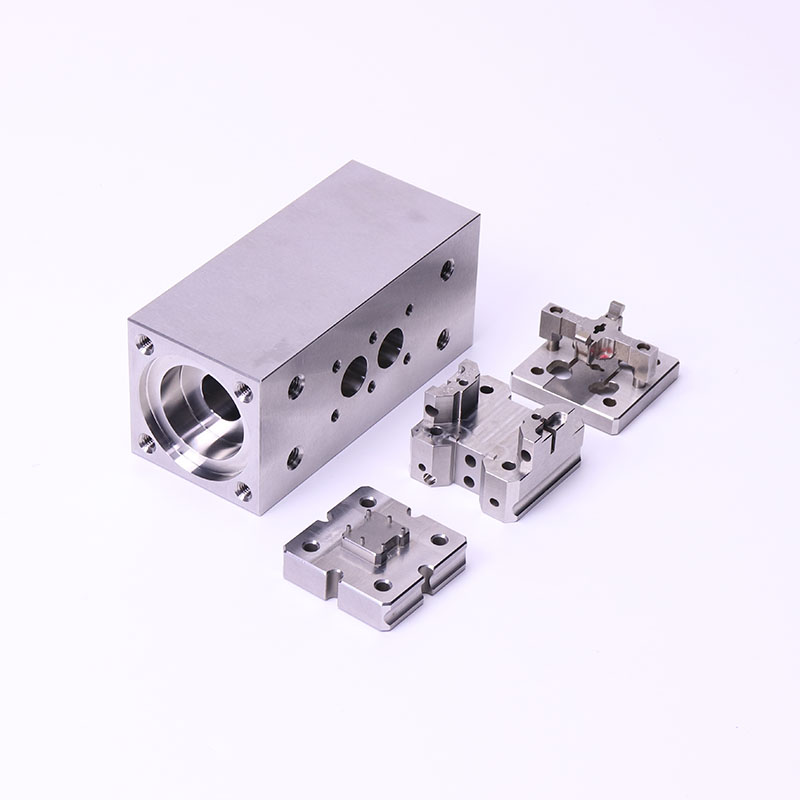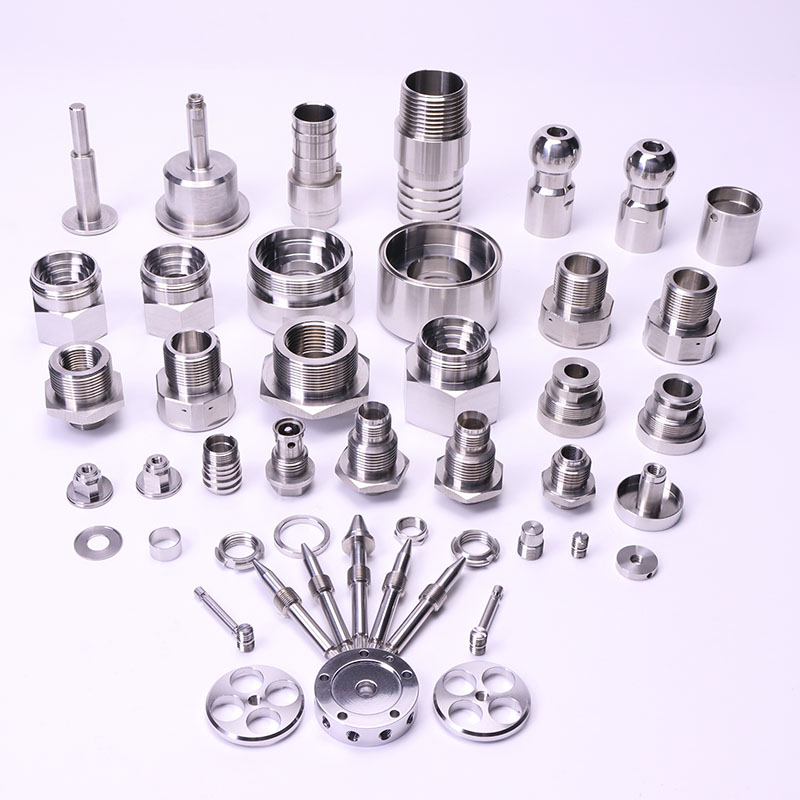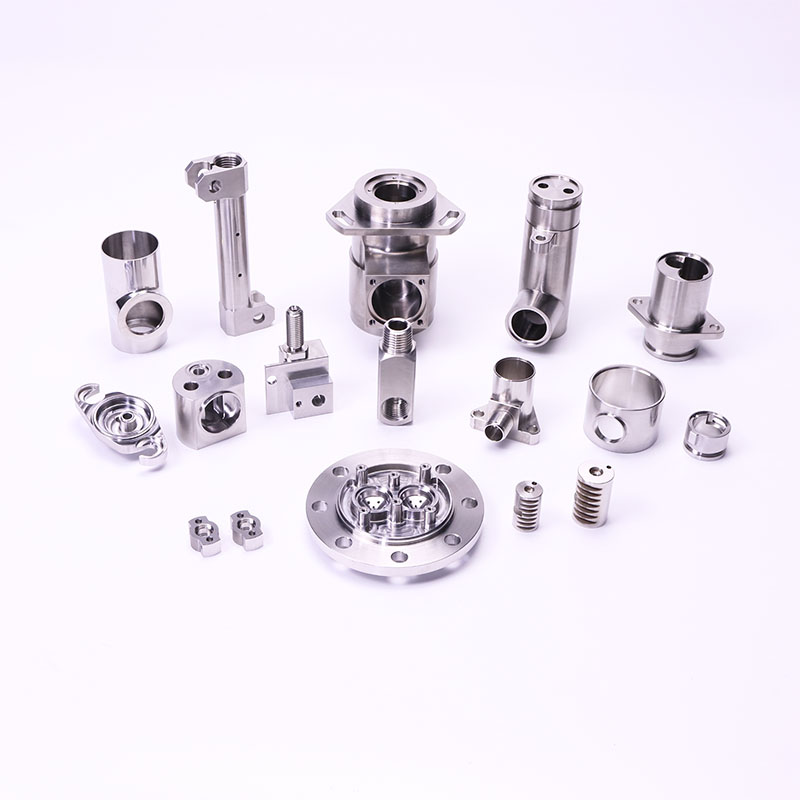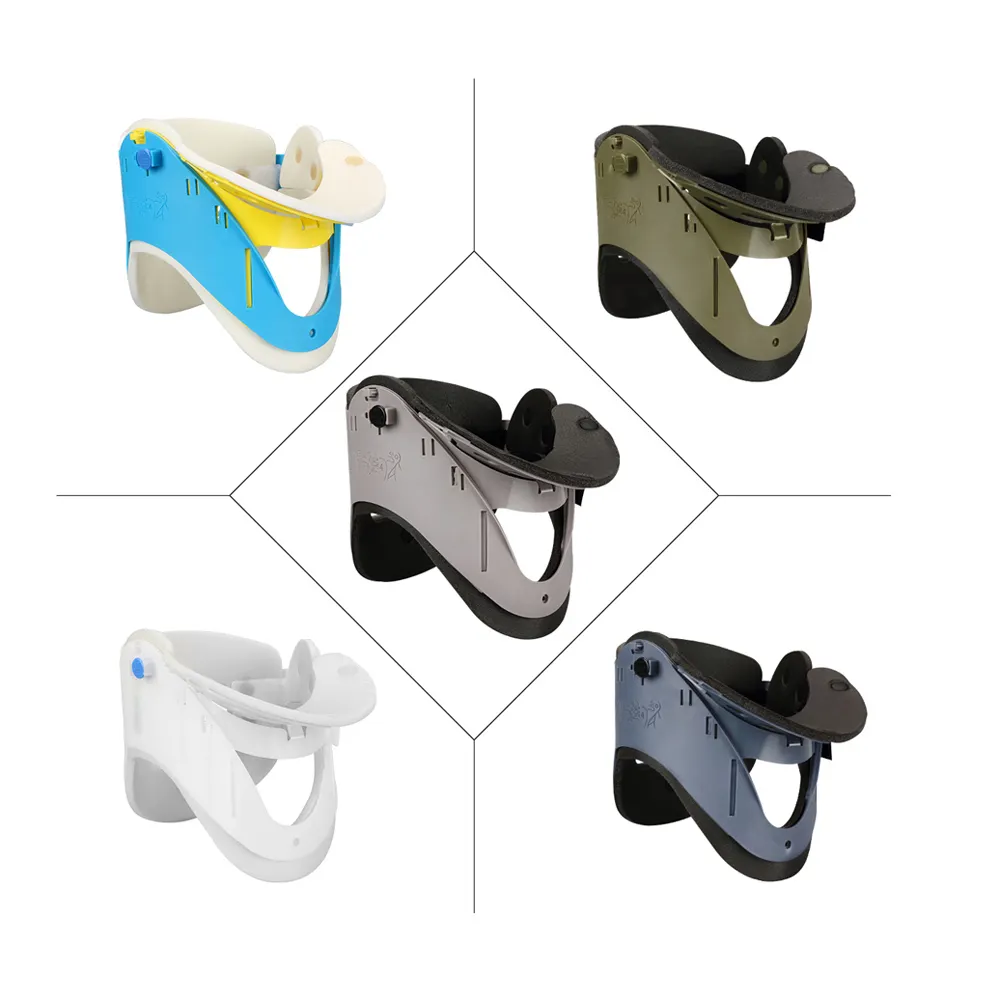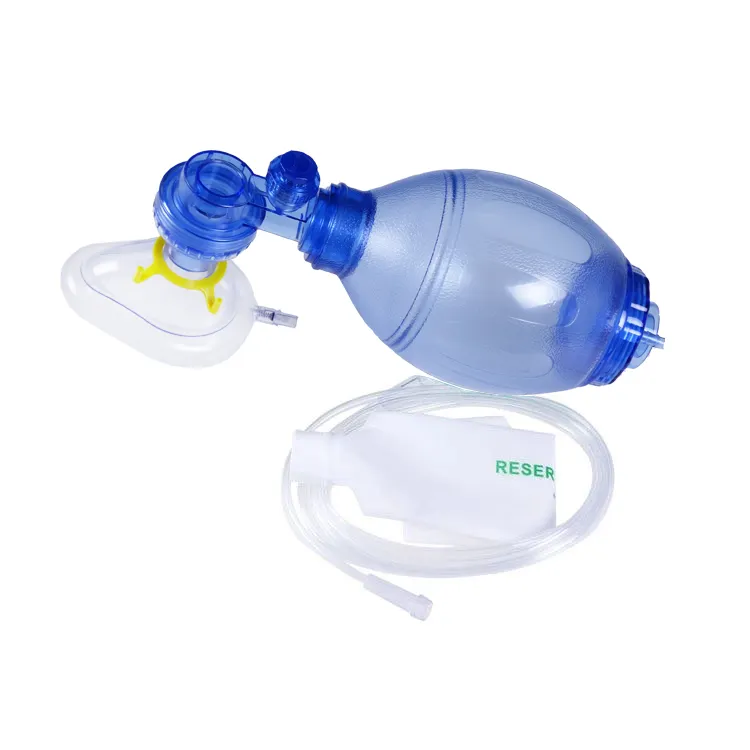Introduction
Have you ever wondered how the complex and highly precise components in your daily gadgets or industrial machinery are made? The answer often lies in CNC precision machining. It's a revolutionary technology that has transformed the manufacturing landscape, enabling the creation of intricate parts with astonishing accuracy. But what exactly is it? Let's embark on this journey to uncover the secrets of CNC precision machining.
1. Understanding CNC Precision Machining
1.1 What is CNC?
CNC, or Computer Numerical Control, refers to the automation of machine tools through the use of computer programs. Instead of manual operation, the machine follows pre-programmed instructions to cut, drill, or shape materials. In the 1940s and 1950s, the concept started to take shape, and over the decades, it has evolved exponentially. For example, in the automotive industry, early production lines had significant human intervention, leading to variations in part quality. With CNC, consistency improved remarkably. A study by [Industry Research Journal] showed that CNC implementation reduced errors by over 60% compared to traditional machining methods in automotive part manufacturing.
1.2 Precision in Machining
Precision is the hallmark of CNC machining. It can achieve tolerances as tight as ±0.001 inches or even less. In the aerospace sector, where safety is paramount, components like turbine blades need such precision. A tiny deviation could lead to catastrophic consequences. Boeing, in its latest aircraft models, relies heavily on CNC precision machining to produce parts that fit together seamlessly, ensuring optimal performance and safety. The technology allows for the replication of complex geometries with minimal variation, something that manual machining could hardly achieve.
1.3 The Machining Process
It begins with CAD (Computer-Aided Design) models. Engineers design the part digitally, specifying every dimension. This model is then converted into CNC code, which the machine understands. The material, usually metals like aluminum or titanium, is clamped onto the machine bed. The cutting tools, rotating at high speeds, remove material according to the programmed path. In a European watchmaking factory, CNC machining is used to create intricate watch movements. The delicate gears and springs are crafted with precision, enhancing the overall quality and accuracy of timekeeping.
2. Applications of CNC Precision Machining
2.1 Automotive Industry
Modern cars are a marvel of engineering, with numerous CNC-machined parts. Engines, for instance, contain cylinder heads, pistons, and crankshafts that are precisely machined. German automaker Volkswagen uses CNC to produce high-performance engine components. These parts not only improve fuel efficiency but also reduce emissions. The precise machining ensures optimal combustion, contributing to better overall vehicle performance.
2.2 Aerospace and Defense
As mentioned, aerospace demands extreme precision. Missile guidance systems, satellite components, and aircraft structures all benefit from CNC machining. Lockheed Martin, a leading aerospace company in the US, employs advanced CNC techniques to manufacture parts that can withstand harsh operating conditions. The materials used, such as heat-resistant alloys, are machined to exact specifications to ensure reliability in space or during high-speed flight.
2.3 Medical Device Manufacturing
In the medical field, implants, surgical instruments, and diagnostic equipment rely on CNC precision machining. For example, hip implants need to fit the patient's anatomy perfectly. Companies like Zimmer Biomet use CNC to craft implants with custom geometries, improving patient outcomes. The smooth surfaces achieved through precise machining also reduce the risk of infection and ensure better integration with the body.
3. Conclusion
CNC precision machining has undeniably revolutionized manufacturing. It caters to diverse industries, from automotive to medical, providing solutions for complex part production. As technology continues to advance, we can expect even greater precision and efficiency. Whether it's enhancing the performance of everyday products or enabling life-saving medical devices, CNC precision machining will remain at the forefront of modern manufacturing.
References
FAQs
1.What industries commonly use CNC precision machining?
Answer: Many industries use it, such as automotive for engine parts, aerospace for aircraft components, and medical for implants and instruments. It's crucial for precise manufacturing needs.
2.How accurate is CNC precision machining?
Answer: It can achieve extremely tight tolerances, often as precise as ±0.001 inches or even less, ensuring high-quality and reliable parts for critical applications.
3.What materials can be processed by CNC precision machining?
Answer: Commonly used materials include metals like aluminum, titanium, and heat-resistant alloys. These materials can be shaped precisely to meet various industry demands.
4.How does CNC precision machining improve product quality?
Answer: By reducing human errors and enabling tight tolerances, it ensures consistent part quality. In automotive, it boosts engine performance; in medical, it enhances implant fit, leading to overall better products.
5.Can small businesses afford CNC precision machining?
Answer: While initial setup costs exist, there are options. Outsourcing to specialized shops or leasing equipment can make it accessible. Over time, the precision and efficiency gains often outweigh the costs.
Contact Info
Mr. Brook Lin
Job Title: Sales manager
E-mail: [email protected]
Mob/WhatsApp:+86 13599927066
Wechat:+86 13599927066 Skype:+86 13599927066
Country/Region: China (Mainland) Province/State: Fujian
Operational Address: Building 172, Tongan Industrial Zone, Tongan Area, Xiamen, Fujian, China (Mainland) Zip: 361100

